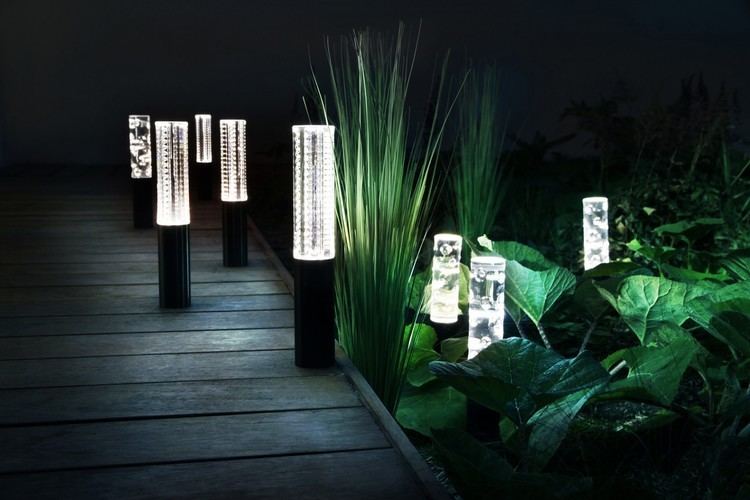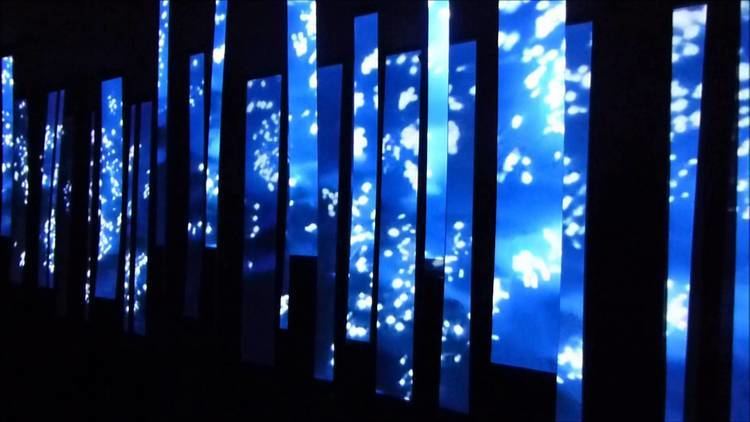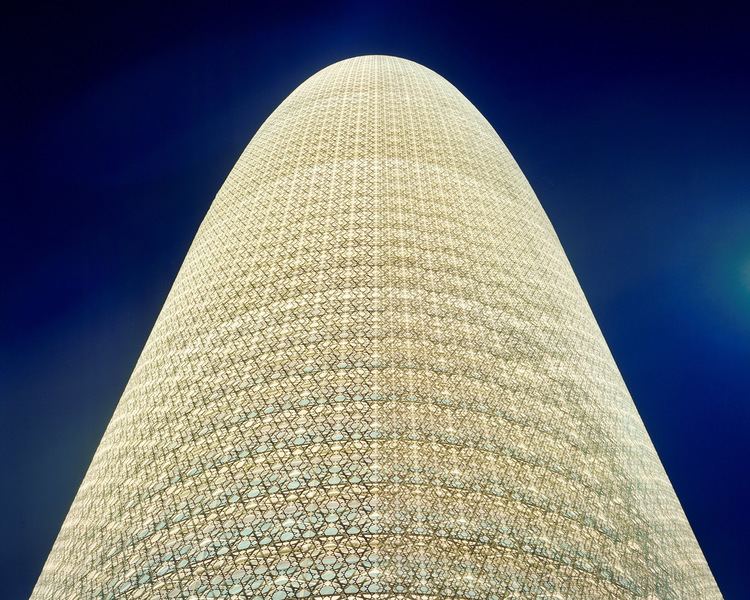Name Yann Kersale | ||
 | ||
Yann kersal sculpteur ma vie d artiste
Yann Kersalé (born 17 February 1955) is a French conceptual artist who works with light. His studio is in Vincennes.
Contents
- Yann kersal sculpteur ma vie d artiste
- Yann kersal le songe est de rigueur pointe de la torche bretagne 1986
- Life and career
- Artistic philosophy
- Temporary installations
- Permanent installations
- References

Yann kersal le songe est de rigueur pointe de la torche bretagne 1986
Life and career

Kersalé was born in Boulogne-Billancourt, a suburb of Paris, and spent part of his childhood in the Breton port town of Douarnenez. He graduated from the École des Beaux-Arts in Quimper in 1978. Beginning in 1984 at the Société métallurgique in Caen, he has produced architectural illuminations of both natural environments and buildings that have given rise to a school of modern French light art. He has worked with Helmut Jahn on the Sony Center in Berlin and the Bangkok and Chicago O'Hare airports and with Jean Nouvel on the Lyon Opera House, the Torre Agbar in Barcelona, the Musée du quai Branly and the Philharmonie concert hall in Paris, and the Abu Dhabi branch of the Louvre Museum, and has also been commissioned to design projects for numerous cities, including Nantes, Rennes, Saint-Nazaire, Le Havre, Cherbourg, Bordeaux, and Montpellier in France and Bangkok, Quebec City, Frankfurt, Berlin, Las Vegas, Washington, DC, Lisbon, Brussels, and St Petersburg in other countries. In 2007 alone, he worked in Luxembourg, Paris, and Korea.

He has also produced an interior lighting scheme for the Francilien commuter trains, and in 2010 the Jallum lighting units for Baccarat, rechargeable and dimmable LED lights in cut crystal cylinders on anodised aluminium bases for indoor or outdoor use.
Artistic philosophy

Kersalé rejects the label of either architect or light artist, preferring that of "project artist". He has chosen the night, "the locus of choice of what is perceived", to create "luminous fictions, a narrative work on the spirit and memory of cities." However, he "fights ceaselessly against artificial lighting that kills authentic nocturnality and masks the sky", which has led him to create innovative new forms of illumination. In 2011, a reviewer in Le Figaro called him "a passionate fan of chiaroscuro" who loves to plunge viewers into an "abyss" of total darkness to maximise their perception of the surprising narrative fantasies he constructs with light.

He regards his work for cities as a form of urban renewal, reclaiming areas where people can stroll safely at night, and saving industrial artifacts that might otherwise be destroyed. For example, his lighting of the boat lifts at Thieu, Belgium, led to their preservation and the creation of a tourist promenade, and his project at the submarine base in Saint-Nazaire transformed a liability that was to have been demolished into a civic asset. The base is now a cultural centre with shops and a museum, and Barcelona architect Manuel de Solà-Morales redesigned the surrounding area.
Temporary installations

